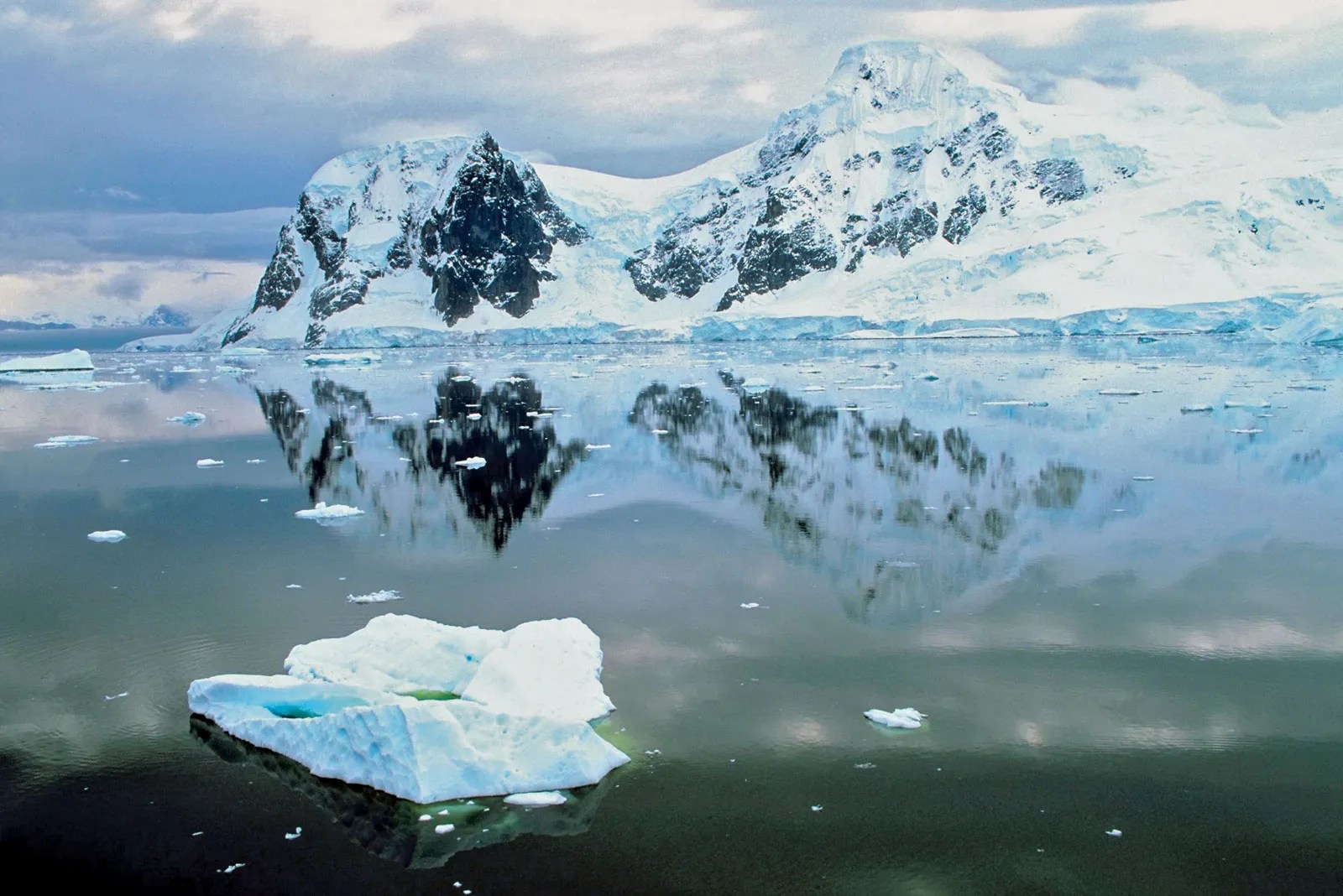Countries in Antarctica
In the world’s southernmost continent, Antarctica, which lies within the Antarctic Circle and is encircled by the Southern Ocean, is located. It is the 5th largest continent, with 14 million square kilometers (5.4 million square miles). Almost 98 percent of the continent is covered in ice that is a mile thick, making for harsh terrain with few settled populations. In 2016, the largest population reported was a little over 4,000 people.
The people of Antarctica are mostly scientists working on research projects. The number of residents varies from roughly 1,100 during the severe Antarctic winter to around 4,400 during the calmer summer months of October to February, with an additional 1,000 employees stationed nearby.
There are no indigenous peoples in Antarctica, only permanent and seasonal employees at several research stations. There are generally an extra 1,000 people on board, including the ship’s crew and scientists conducting on-board research in the treaty territory of Antarctica, in addition to the 1,100 to 4,400 research employees. The population of Antarctica is kept up to date in the CIA World Factbook. The CIA World Factbook has a complete list, but these are the countries with at least 100 individuals in Antarctica during the peak summer season:
| Country | Growth Rate |
|---|---|
| Argentina | 667 |
| Australia | 200 |
| Chile | 359 |
| France | 125 |
| Italy | 102 |
| Japan | 125 |
| Russia | 429 |
| UK | 217 |
| United States | 1,293 |

Antarctica Population History
So, how many people live in Antarctica today?
The first actual semi-permanent people of the area near Antarctica were sealers from Britain and America, who used to spend at least a year in the area starting in 1786 and continuing to the present day (see below). During the great whaling era, the population of the area fluctuated between 1,000 and 2,000 people in the summer and 200 in the winter.
Leith Harbour, King Edward Point, Godthul, and Ocean Harbour were among the early settlements in the area.
The first kid born in the area was a Norwegian girl born at Grytviken in 1931, the daughter of a whaling station assistant manager. Emilio Marcos Palma was the first person to be born south of the 60th parallel, the continental boundary. He was also the first person to be born on the Antarctic mainland, in 1978 at Base Esperanza, when his parents were brought by the Argentine government to determine if the location could support a family.
Antarctica has a very multi cultural population because of this and the fact that scientists from all over the world work there. The largest single group is made up of scientists from the United States, although people from 19 other nations also lived on the world’s most southerly continent in 2008. They dwell on 37 separate permanent Antarctic bases, with the smallest (the Norwegian facility of Troll) housing only six people and the largest (the US-run McMurdo station) housing 250.
Countries In Antarctica
| Country of Origin | Population |
|---|---|
| Argentina | 667 |
| Australia | 200 |
| Brazil | 40 |
| Chile | 359 |
| China | 90 |
| France | 125 |
| France/Italy | 60 |
| Germany | 90 |
| India | 65 |
| Japan | 125 |
| New Zealand | 85 |
| Norway | 44 |
| Poland | 40 |
| South Korea | 70 |
| Russia | 429 |
| South Africa | 80 |
| Ukraine | 24 |
| United Kingdom | 217 |
| Uruguay | 70 |
| USA | 1,293 |
| Belgium | 20 |
| Bulgaria | 200 |
| Czech Republic | 20 |
| Ecuador | 26 |
| Finland | 20 |
| Italy | 102 |
| Peru | 28 |
| Spain | 50 |
| Sweden | 20 |
| Australia/Romania | 13 |
| Total | 4,490 |